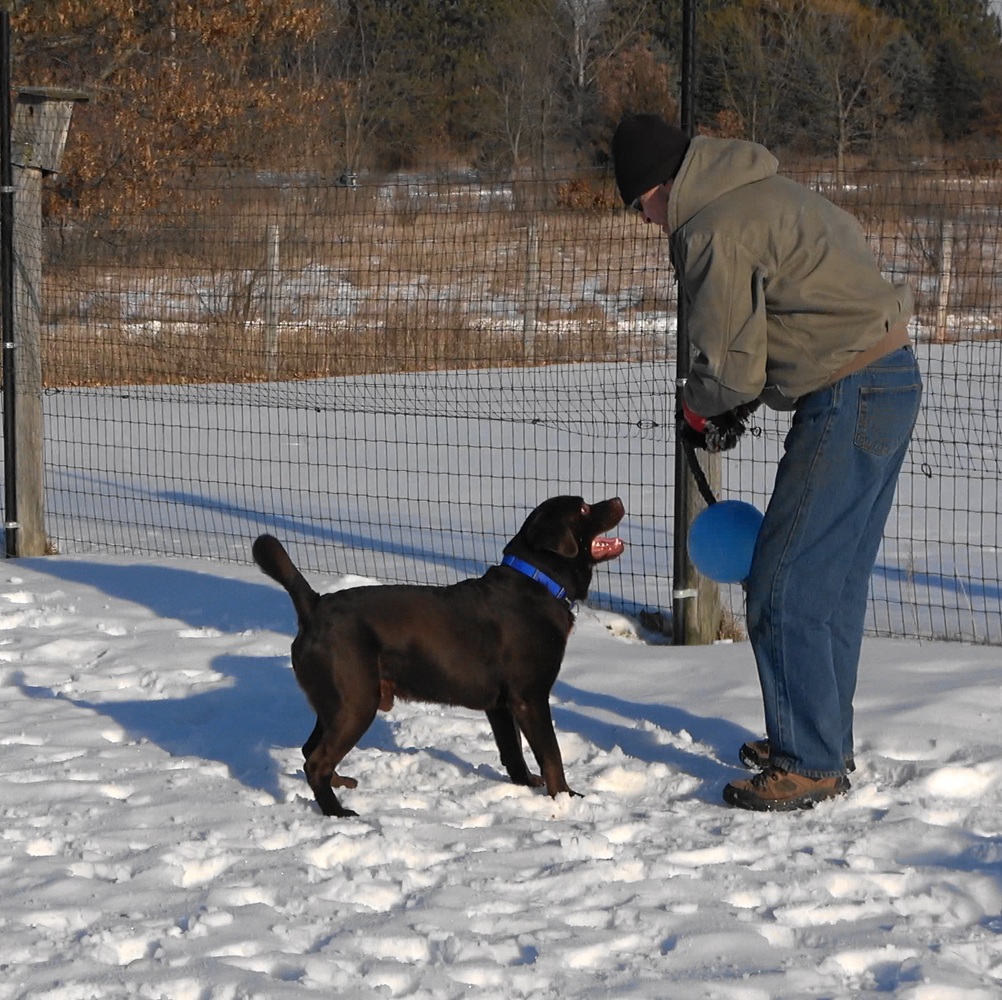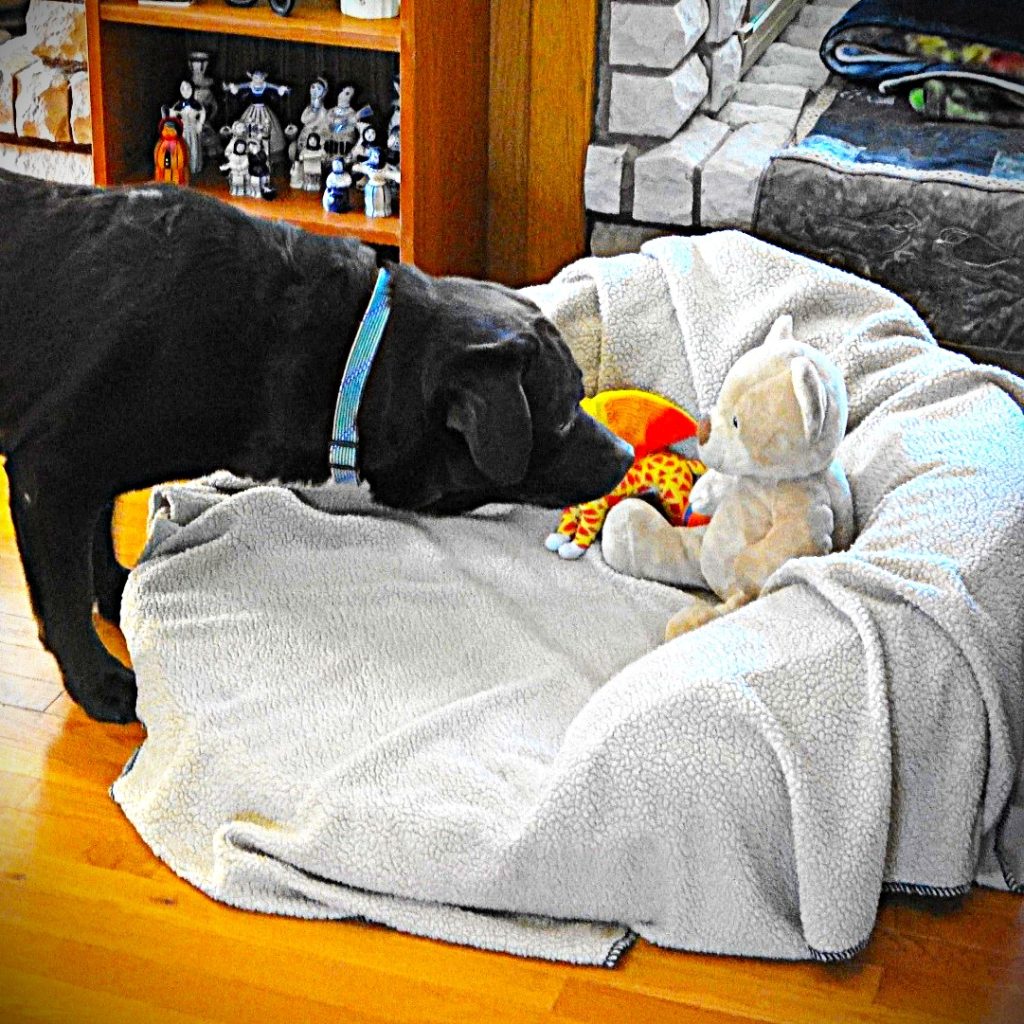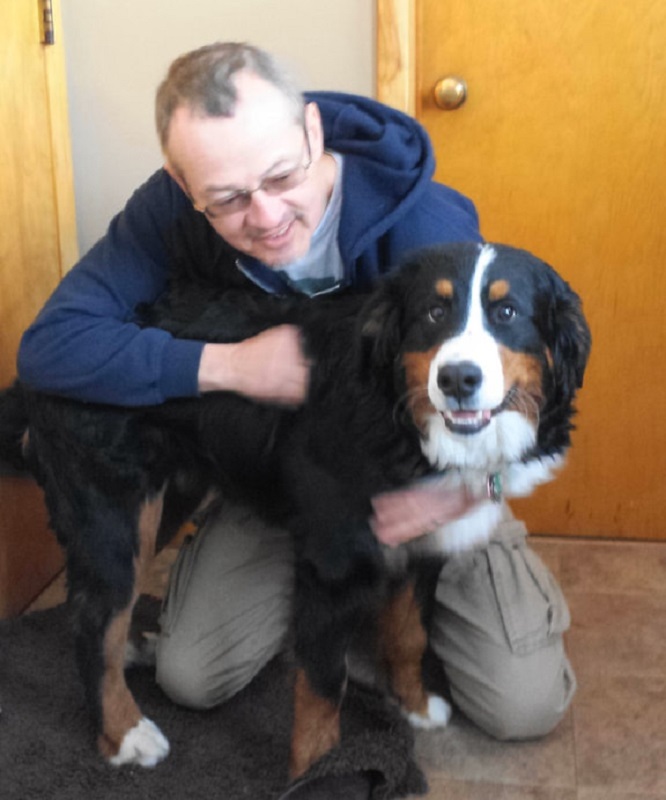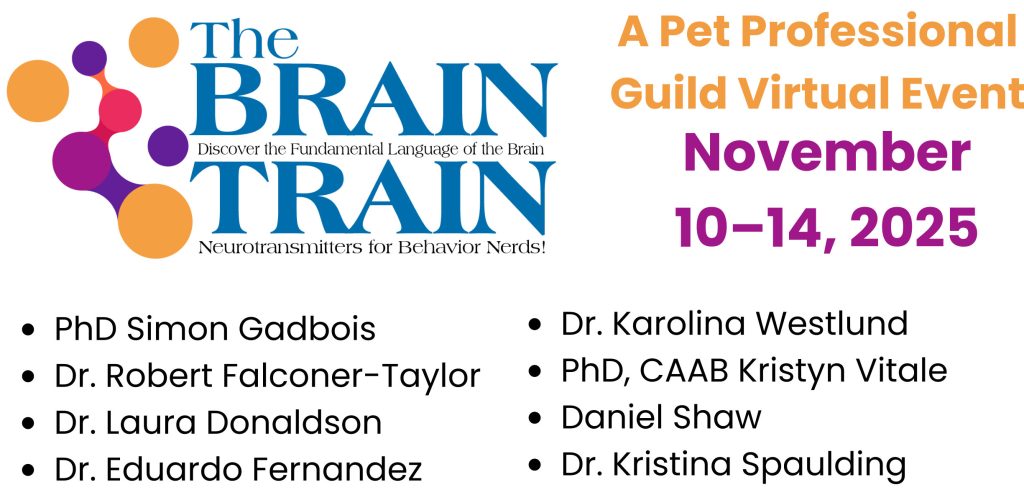Pets and Their People Blog
Bringing a New Dog into Your Family
The annual Clear the Shelters campaign, currently taking place, highlights pet adoption. This post is about how to bring a new dog into one’s home, allowing for decompression, enabling bonding and confidence, and establishing a sound foundation for a joyful lifetime relationship.
Bringing a new dog into your family is exciting for people and dogs alike, but it is also a world-changing event for your dog.
Everything they were once familiar with has changed.
Dogs need time to decompress and adjust to their new surroundings, to establish relationships with new people, and to feel safe and confident. For many dogs, it may take weeks or months to habituate to so much change.

(©D. Antolec)
Relationship First
When my wife and I adopted Bruno on January 2, 2022, we came from a process of losing five beloved pets in two years, during the deadly COVID-19 pandemic. It was the first time in decades that I was without a dog, and I simply could not tolerate it. It would have been easy for me, or us, to smother Bruno with attention while he too was making a monumental adjustment.
Instead, we seeded our home with toys and treats for Bruno to find as he explored his new environment. After active exploration, he chose a couple of toys to play with. Then we went to our fenced barnyard to play fetch, knowing that was his favorite game. We quickly became his playmates and that sowed the seeds of a loving relationship.
Introduction to New Surroundings
In the first few weeks, Bruno was startled by things such as the sound of our coffee maker, the ice cube maker in the freezer compartment of our refrigerator, and the sound of a garage door opening or closing. It was all new, and unexpected to him.
He was also alarmed upon first sight of deer grazing near a bird feeding station behind our house, about 70 feet away. We expected deer to appear every day, as they sought cracked corn and sunflower seeds that we put out for birds. Their presence provided opportunities for a combination of desensitization, teaching the Three-Bark Rule and teaching Bruno to go to his bed, on cue. (See Resources.)
Bruno habituated quickly to the coffee maker and ice cube maker, but the garage door sound was still alarming him. We chose to play Find It with Bruno, as soon as we heard the garage door, so he would be aware of the sound, and then engage in the seeking behavior of finding treats that we had scattered. Basically, this process promotes dopamine and serotonin in the canine brain, which have rewarding and calming effects.
Teaching Find It (with Buddha) – How to teach your dog this useful game (3:23)
There are various ways to add enriching scent games to your dog’s life. (See Resources.)
Additionally, sniffy walks are great opportunities for dogs to explore their environments, use their amazing olfactory system, and enjoy our company. A sniffy walk allows a dog to be a dog and do normal doggy things. Bruno began on a 33’ lead until I was sure he was safe off lead. (If you are in an urban setting and use a shorter leash, just go with your dog to explore what he finds interesting, and then resume the walk when he is satisfied.)
Time to Adjust and Feel Safe

time to adapt and
get to know us.
(©D. Antolec)
Bruno decided on his own timeline when he felt safe.
I sit on a sofa each morning to eat breakfast, review the online news, and drink coffee. Bruno elected to sprawl across my lap as a demonstration of his relaxation, trust and safety. He is a perfect fit to the puzzle pieces I lost when Buddha and Gandhi died.
Taking two or three sniffy walks each day (I do not tell him what to do, he chooses for himself), partnering in the barn-cleaning chores, and offering Bruno predictable opportunities for enjoying chicken-filled frozen KONGs and bully sticks, make his daily routine rewarding.
Giving your new dog time to adjust and feel safe can lead to a relaxed and engaging family member, who knows how to communicate with others and enjoy life.
We gave Bruno time to adapt and get to know us, and then we expanded his world by introducing him to other people and dogs. It now feels as though Bruno spent his entire life with us, such is the strength of our relationship.
Resources
Bruno’s first day with us, Happy Buddha Dog Training (7:47)
Desensitizing Bruno to Deer, Happy Buddha Dog Training (1:53)
Bruno demonstrates Go to Bed, Happy Buddha Dog Training (4:36)
Fun ‘Nose Work’ Ideas, Kath Charlton (9:44)
Teaching dogs the ‘find it’ scent game, Naturally Happy Dogs (17:51)
Sniffy Walk, Happy Buddha Dog Training (3:18)
About the Author

Daniel H. Antolec, PCT-A, CCBC-KA, CPDT-KA began teaching dogs in 2011 and founded Happy Buddha Dog Training. He teaches dogs in a way that makes it fun for pet stewards and pets alike.
Educational Event You Don’t Want to Miss!
Building Resilience: Life Skills for Confident, Adaptable Dogs equips you with practical, science-backed strategies to help dogs thrive – not just survive – in the face of novelty, frustration, and daily life challenges.

When: ON-DEMAND webinar- Register and watch any time!
Cost: $35.00
Learn more here: Building Resilience- Life Skills for Confident, Adaptable Dogs with Louise Stapleton-Frappell
Discover how to raise and support emotionally resilient dogs in this engaging 90-minute presentation designed for pet care professionals, seasoned trainers, and dedicated guardians.
Through real-world examples, case studies, and actionable tools, you’ll leave equipped to build stronger relationships and more adaptable, confident dogs.
Your Presenter: Louise Stapleton-Frappell – B.A. Hons, PCT- A, PCBC-A, CAP3, CTDI, DN-FSG2, DN-CPCT, CWRI. Louise is a Partner and Faculty Member of DogNostics Education and Board Member of The Pet Professional Guild. Louise has consistently expanded her knowledge and furthered her education in the field of force-free, rewards-based, science-based pet training.

